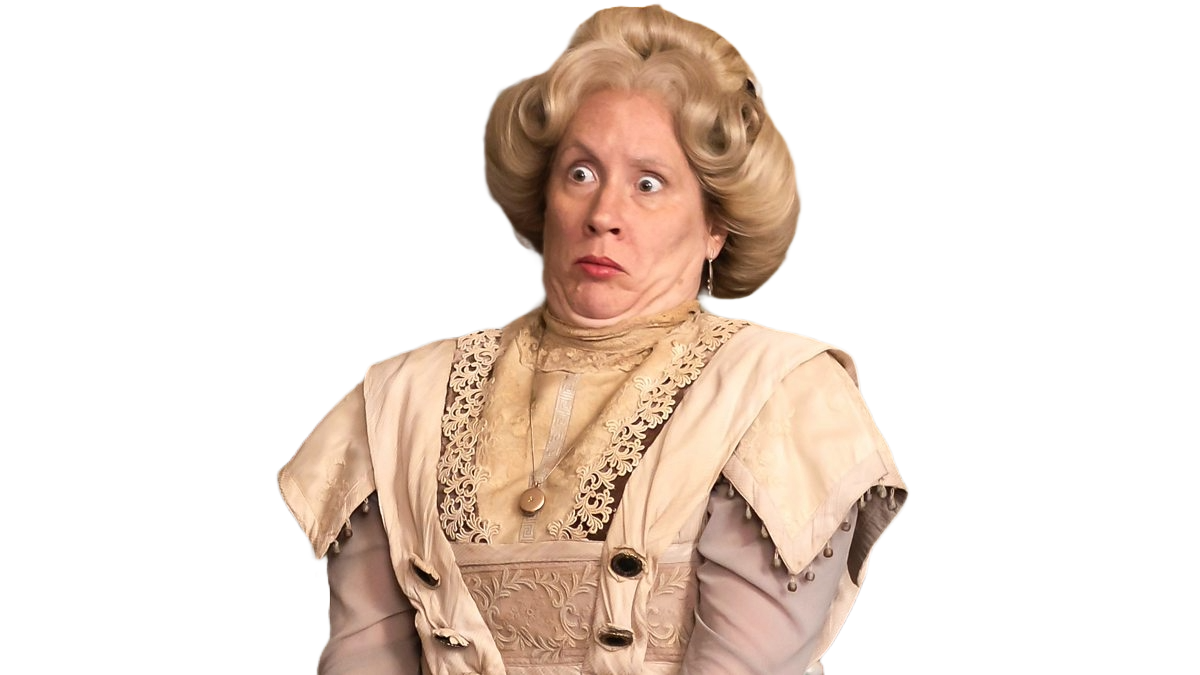When Bamber and Christina Gascoigne unexpectedly inherited West Horsley Place in 2014 they decided to ensure its future by creating a charitable trust. The West Horsley Place Trust has twin missions: to bring West Horsley Place (manor house, outbuildings, gardens & grounds) back into a good state of repair, and to improve peoples' wellbeing through heritage, arts and nature. In order to give the charity initial funding, they took the decision to sell much of the artwork, furniture and objets d'art left in the house by the last owner Mary Innes-Ker, Duchess of Roxburghe. None of the house contents had an historic connection to the house as the Duchess' family had only acquired the property in 1931, indeed much of it was from other residences owned by Mary's parents the Marquess and Marchioness of Crewe.
In 2015 an auction was held at Sotheby's of the Duchess' possessions, the proceeds of which were generously gifted to the Trust by the Gascoignes, and have enabled not only emergency repair works but also for the manor house and Place Farm Barn to be made safe and comfortable for public access. However, more funds are needed and much conservation and repair work remains to be done; West Horsley Place is still on Historic England's Heritage at Risk register. If you are interested in getting an idea of the house as it was before the Sotheby's auction, do take a look at the video below.
While Sotheby's experts were exploring the house, they discovered a remarkable study for Frederick, Lord Leighton's Flaming June hanging behind the door to a bedroom. This study, which shows the head of the subject of the painting in peaceful repose, had been thought lost since the 1890s. The 8¾ by 8in (22 x 20cm) pencil and white chalk drawing was the only known head study for Flaming June, a famous 19th century painting which became known as 'The Mona Lisa of the Southern Hemisphere'. Various museums possess studies for the draperies, nude figure and overall composition for Flaming June, but this head study was unique.

Simon Toll, Sotheby’s Victorian art specialist, said finding it behind the door of a small, dark anteroom off the duchess’s bedroom was “thrilling ... one of the most heart-stopping moments in my career”.
Toll said he immediately recognised the study, which joins existing nude and drapery studies for the painting. “This head study is the last piece of the jigsaw in terms of the preparatory work Leighton undertook before starting on the big oil painting.”
It is likely that Lord Crewe bought the sketch direct from the artist's studio in the mid 1890s. The head study was sold at auction with Sotheby's for £135,000. A reproduction of the sketch sits at the top of the grand stairs; the closest spot to where the original was found.

